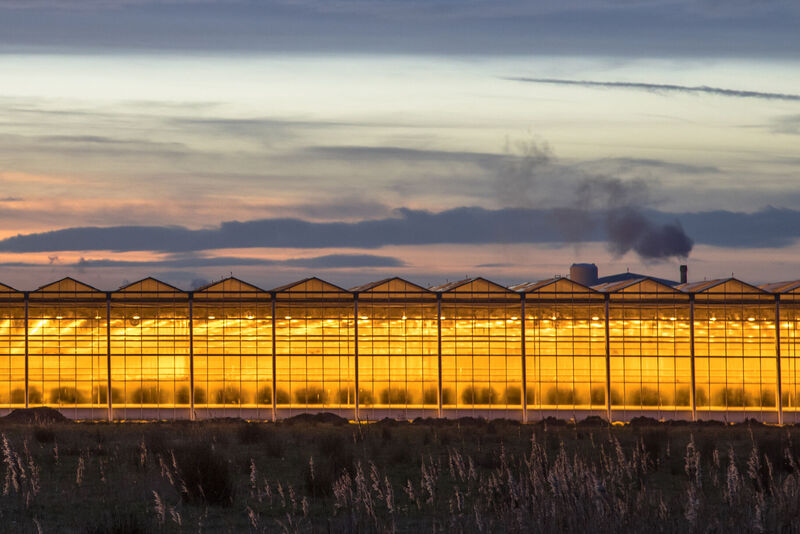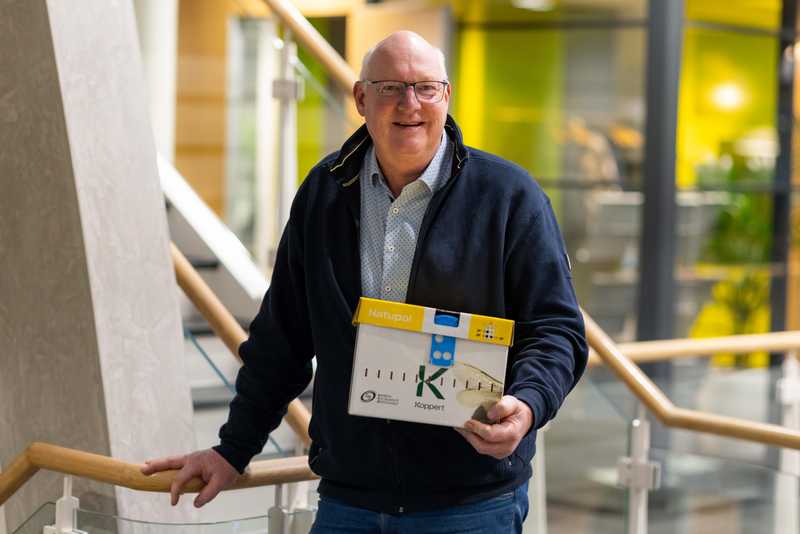
The escalating energy costs associated with the operation of growing lights are imposing a significant burden on growers, profoundly influencing the dynamics of crop cultivation. As energy costs surge, the resources available to growers are constrained, making each aspect of cultivation more critical. Pollination efficacy stands out as a linchpin in this scenario, directly influencing crop yield and quality.
The success of growers hinges on a delicate balance, particularly when employing energy screens as a cost-saving measure while considering their potential impact on pollination success. Energy screens serve as an effective tool for regulating temperature and managing energy costs by minimizing heat loss in greenhouses. However, an overreliance on them may inadvertently compromise the conditions necessary for optimal pollination.
Koppert pollination consultant Remco Huvermann says the energy crisis and escalating costs for heating and lighting greenhouses have led to a number of issues for pollinating bees and bumblebees. ‘Of course, growers want to limit their rising energy bills, but they need to be cautious when it comes to the impact some of their measures are having on environmental conditions and bumblebee behaviour.’
The current situation has led to new challenges such as higher humidities and less light in greenhouses, as well as opportunities for new LED light supporting better bumblebee activity during days with low light conditions. Understanding how bumblebees have been affected is key to securing pollination in the best possible way.
The bottom line is that bumblebees need at least two to four hours of daylight and open flowers in favourable pollination conditions to become active and complete their daily pollination tasks. This is especially important during the four to six weeks before the shortest day of the year (December 21) and the four to six weeks that follow it when winter weather leads to the least favourable pollination conditions of the year.

Create ideal conditions for bumblebees in winter
-
Bumblebees only see UV light – the blue and green light spectrum (so called ‘Beevision’) that is different to human vision. Bumblebees need approx. 30-40 umpl of this Beevision on the entrance of the hives and around the flowers in the crop for bumblesbees to do their pollination work and be able to find their way back to their hives. These levels are reached when daylight is around 90-100 watt. Lower light levels can be the result of energy screens being closed or hives being placed too low in the greenhouse where less daylight is available. As a result, bumblebees may not become active or only become active much later in the day.
-
It is essential that the flowers are open when enough Beevision light is present enabling bumblebees to do their pollination job. This means that flowers should not close before 11 in the morning. Starting the light cycle before midnight is known to create problems. Check the moment the flowers close and adjust the light cycle when needed.
-
Energy screens need to be open during daylight hours (between 8 and 9 in the morning and 2 hours before sunset) to ensure that flowers are open for at least two hour periods during favourable conditions.
-
Attention also needs to be given to the type of growing lights used in the greenhouse. Son_T light contains very little of the bumblebees’ visual light. New generation LED growing lights with blue and green light will help bumblebees forage and navigate on darker days. The installation of more and higher intensity LED is a trend which will help to reduce pollination issues in the dark winter conditions.
-
In case of heavy snow on deck of greenhouse and screens remaining closed the whole day, it is best to keep hives closed and run hand pollination for one day or when less that an average 1,5 biting mark is found.
Humidity is also a critical factor in bumblebee activity
The use of LED lights in the absence or minimized HPS lights affects the amount of heat produced and distributed in the greenhouse leading to excessive humid air. At the same time, growers want to safe their valuable heat by keeping screens closed (a higher relative heat (RH)) and creating issues for optimal bumblebee environment (enough daylight and RH below 80% to apply minimal ventilation in combination with heating to lower humidity and activate the plants to create optimal conditions for bumblebees.
A relative humidity of 80% or higher will result in bumblebees staying in the hive. At this stage the pollen has become too wet and sticky to collect. This explains why hives should not be placed between the leaves of the crop where humidity can be higher. Crop density has almost doubled in the last 20 years due technological developments. Closed energy screens can also impact on humidity levels.
It is therefore advisable to activate the plant by means of a heating pipe to lower the humidity around the flowers in the early morning when there is enough Beevision light. Normally bumblebees are able to pollinate all open flowers in two hours of daylight. During this period, the screens need to stay open.
‘At Koppert we sell pollination solutions and not just hives,’ Huvermann adds. A grow light pollination checklist is available for further information on best practices for optimal pollination.